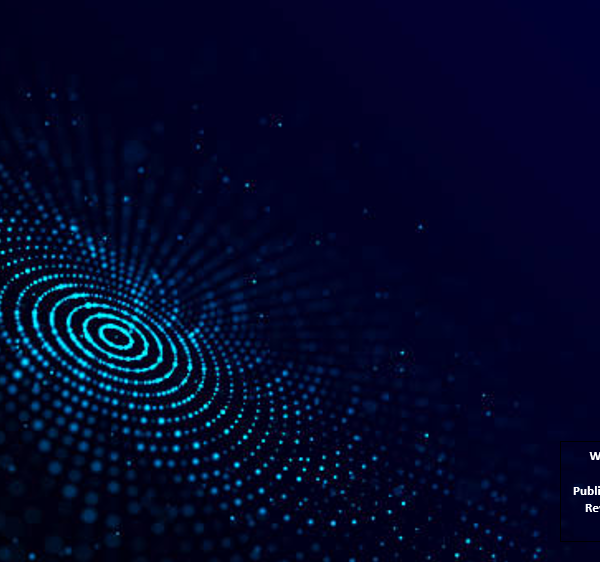Revolutionizing Interstellar Travel: The LQG Navigator.
Abstract
In this paper, I propose a groundbreaking concept for interstellar travel utilizing principles derived from Loop Quantum Gravity (LQG). The LQG Navigator, a hypothetical vehicle, leverages the quantized nature of spacetime to traverse vast distances more efficiently than conventional propulsion methods. This research article details the initial theoretical foundation, mathematical formulation, and potential implications of this novel approach, presenting a visionary pathway toward practical interstellar exploration.
Introduction
Interstellar travel remains one of the most formidable challenges facing humanity. Traditional propulsion technologies, constrained by the limitations of classical physics, are inadequate for the immense distances between stars. Here, we introduce the LQG Navigator, a vehicle concept grounded in the principles of Loop Quantum Gravity. LQG posits that spacetime is not a smooth continuum but rather a discrete structure at the Planck scale. By exploiting this quantized fabric of spacetime, the LQG Navigator aims to achieve efficient and rapid travel across cosmic distances.
Theoretical Framework
Loop Quantum Gravity: Loop Quantum Gravity is a non-perturbative approach to quantum gravity, proposing that spacetime is composed of finite loops forming a spin network. These networks represent quantum states of the gravitational field, evolving over time into spin foams.
Quantized Spacetime: In LQG, the geometry of spacetime is described using Ashtekar variables: the densitized triad (𝐸~𝑖𝑎) and the Ashtekar connection (𝐴𝑎𝑖). The fundamental building blocks of spacetime are nodes and edges of spin networks, where edges are labeled by representations of the SU(2) group and nodes by intertwiners.
Spin Networks and Spin Foams: The vehicle utilizes spin networks to “jump” between nodes, effectively navigating the discrete structure of spacetime. The evolution of spin networks into spin foams allows for a dynamic representation of spacetime at the quantum level.
Mathematical Formulation
Ashtekar Variables and Holonomies: The vehicle’s state at any point in the spin network is represented by a node. Transition between nodes is governed by holonomies, which are path-ordered exponentials of the Ashtekar connection:
ℎ𝑒(𝐴)=𝑃exp(∫𝑒𝐴)
Transition Amplitudes: The probability amplitude for transitioning from one node to another is given by a path integral over spin foams:
𝑍=∫𝐷[𝐴]exp(𝑖𝑆[𝐴])
where 𝑆[𝐴] is the action for the Ashtekar connection.
Area Operator and Quantum Jumps: The distance between nodes is approximated by the eigenvalues of the area operator (𝐴^):
𝐴^∣𝑠⟩=8𝜋ℓ𝑝2𝛾∑𝑖𝑗𝑖(𝑗𝑖+1)∣𝑠⟩
where 𝑗𝑖 are the spin labels of the edges. The energy required for each transition is proportional to the edge length 𝑙, given by:
𝐸∝𝑙∝∑𝑖𝑗𝑖(𝑗𝑖+1)
Vehicle Mechanics
Initialization: The LQG Navigator initializes at a node ∣𝑠0⟩ in the spin network.
Path Optimization: Using quantum computing algorithms, the vehicle calculates the optimal path through the spin network to its destination.
Holonomy Manipulation: The vehicle employs advanced technology to manipulate holonomies, enabling efficient navigation through the spin network.
Energy Calculation: For each transition, the energy required is calculated based on the change in the area operator’s eigenvalues, ensuring minimal energy expenditure for maximal travel distance.
Implications and Future Work
The LQG Navigator represents a paradigm shift in our approach to interstellar travel, suggesting that leveraging the quantized nature of spacetime could unlock unprecedented capabilities. While the concept remains theoretical, further research and technological advancements in quantum gravity, quantum computing, and high-energy physics could pave the way for practical implementation.
Future work will focus on refining the mathematical models, exploring potential experimental setups for validating LQG predictions, and developing the necessary technologies for holonomy manipulation and spin network navigation.
Conclusion
The introduction of the LQG Navigator offers a visionary glimpse into the future of interstellar exploration. By harnessing the discrete structure of spacetime as proposed by Loop Quantum Gravity, this concept opens new horizons for scientific discovery and human expansion into the cosmos. We invite the scientific community to engage with this hypothesis, explore its potential, and collaborate in transforming this revolutionary idea into reality.
References
- Ashtekar, A. (1986). New Variables for Classical and Quantum Gravity. Physical Review Letters, 57(18), 2244-2247.
- Rovelli, C., & Smolin, L. (1995). Spin Networks and Quantum Gravity. Physical Review D, 52(10), 5743-5759.
- Thiemann, T. (2007). Modern Canonical Quantum General Relativity. Cambridge University Press.




